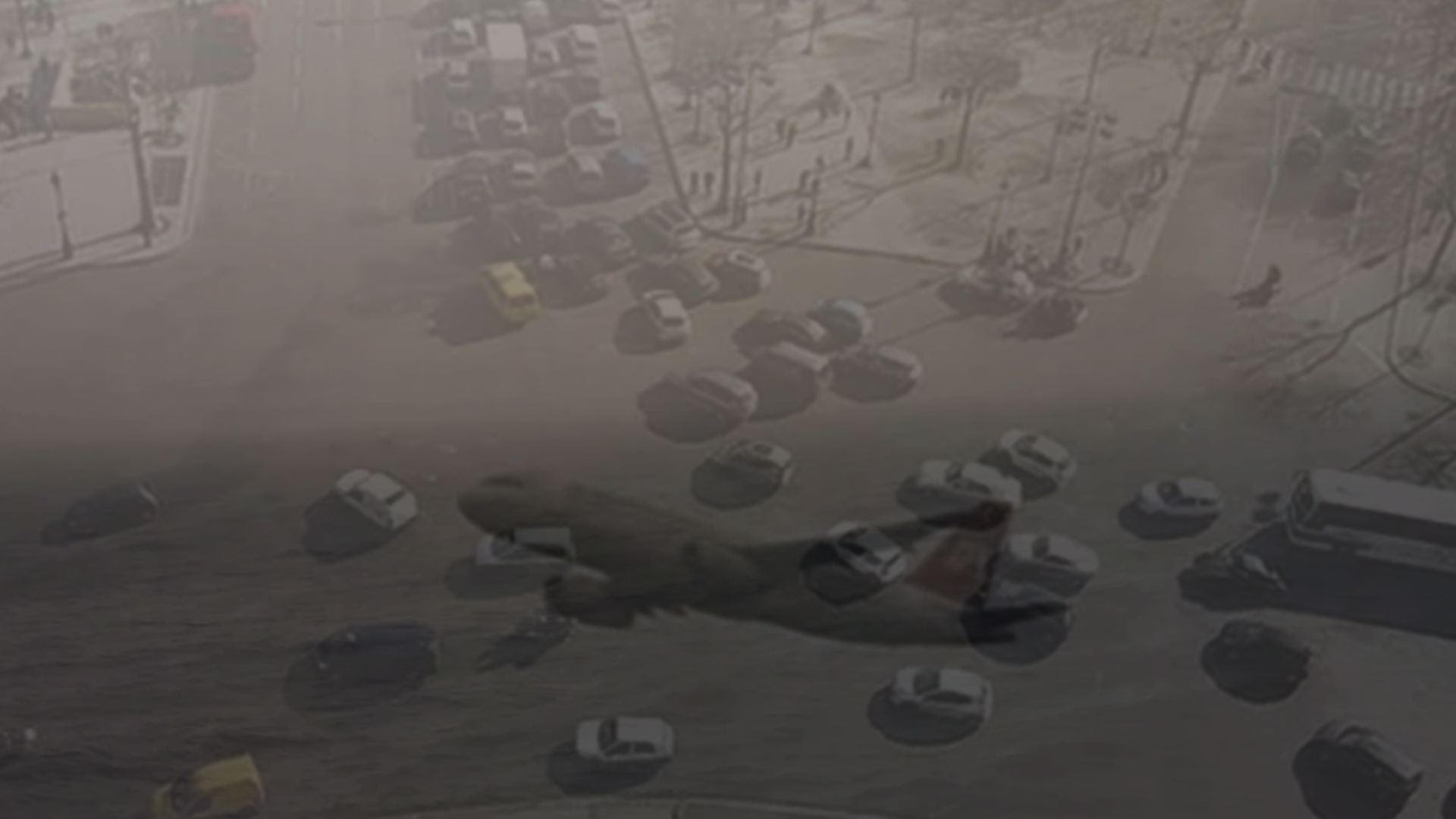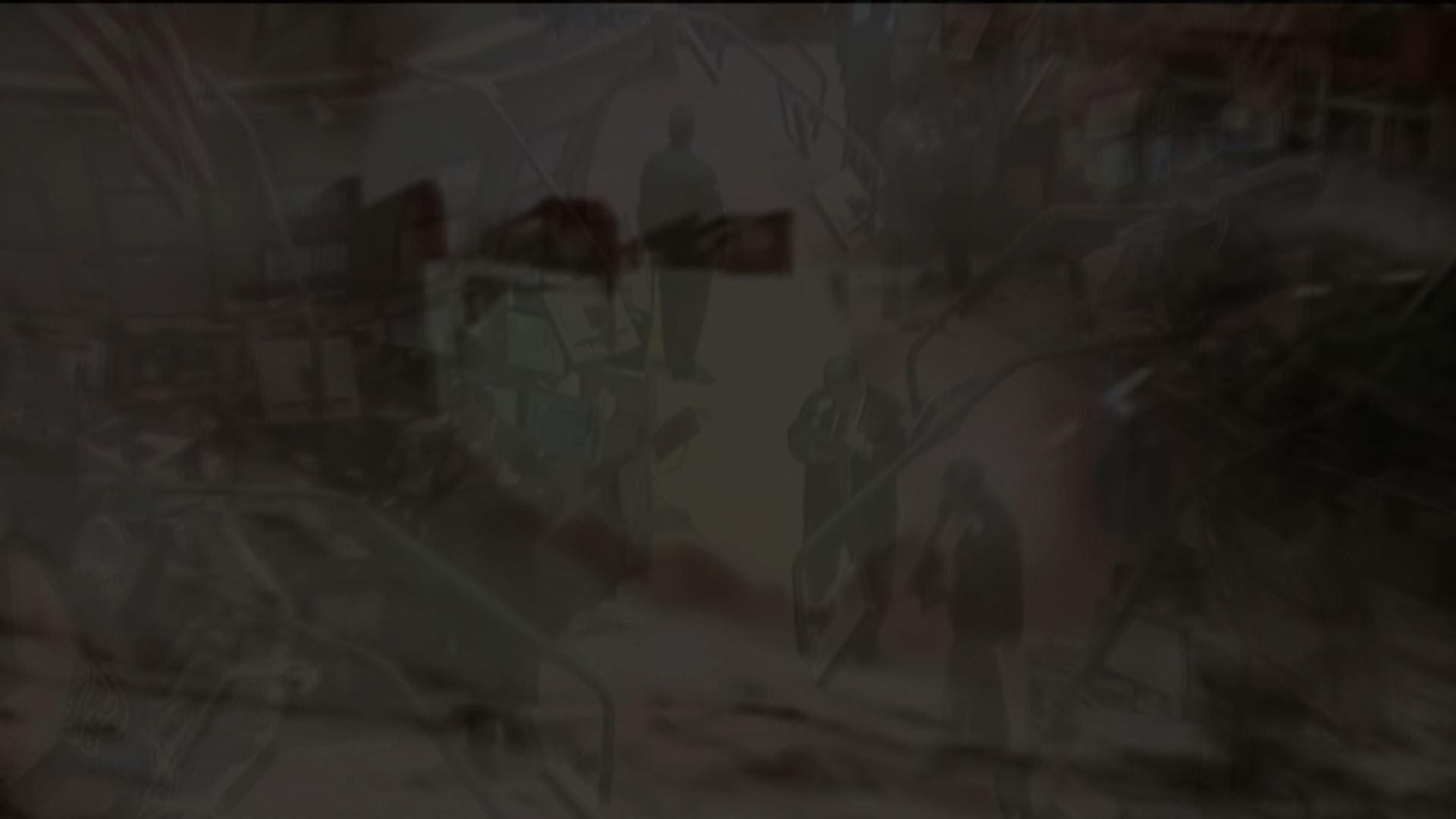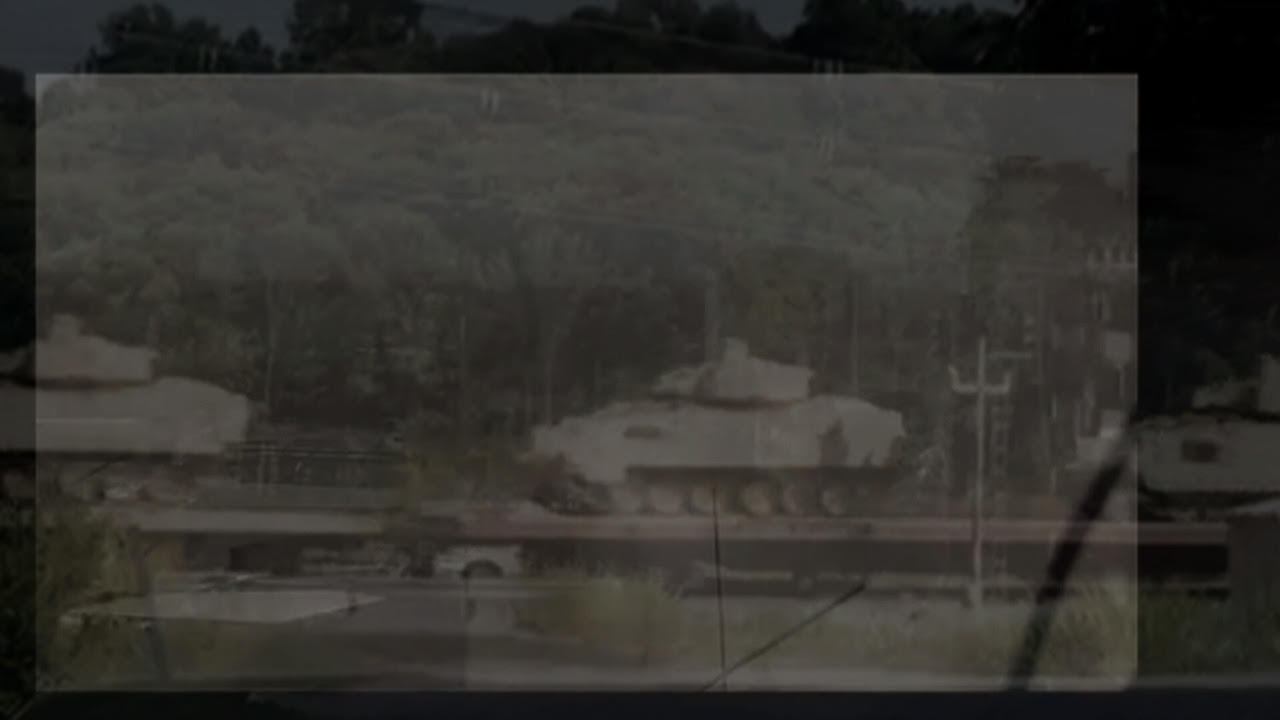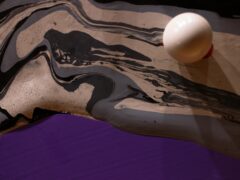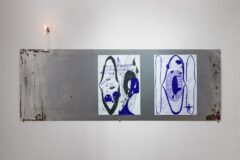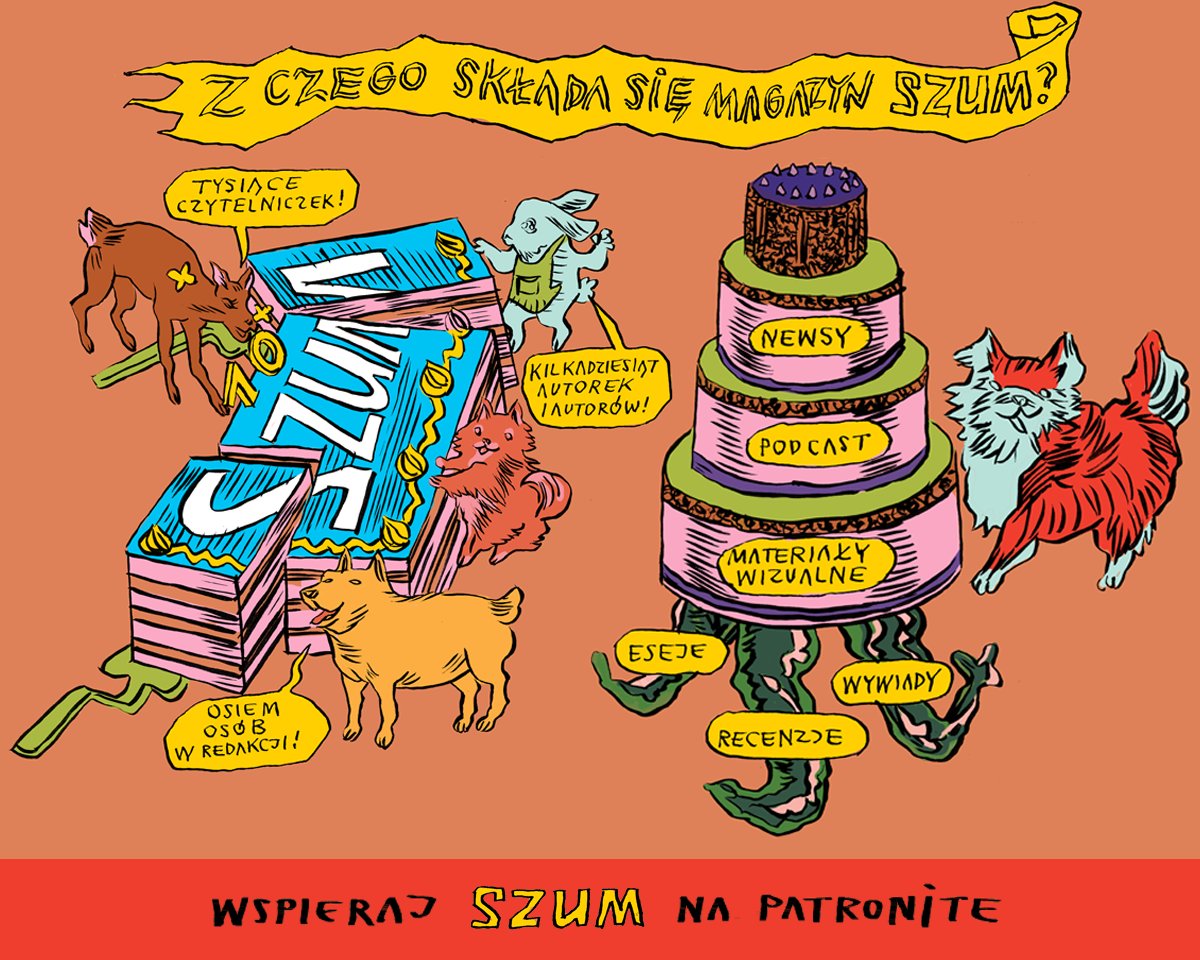Agitprop film. Interview with Oliver Ressler

Raimar Stange: I’d like to start with a question about the production of the film Leave It in the Ground. The end credits state that along with found footage you also used material you filmed yourself. How did this come about?
Oliver Ressler: The film was made for the Lofoten International Art Festival of 2013. I did some research during a first stay in winter in Lofoten in the North of Norway. I also conducted some research interviews, although I didn’t use these in the film. When I stayed there for the second time in the summer I had a concept and I did some location filming with an idea at the back of my mind about how the film should be narrated. When I edited the film I put this recorded material into a dialogue with the existing material. I found it challenging to use Lofoten as the point of departure for a film that weaves into a complex web of relationships issues like global warming, its regional and global consequences, the increasingly militarized response of the global North to migration flows caused by environmental crises, and the need for a new social beginning. Challenging because Lofoten is such an incredibly beautiful place, almost unreal. The plan to drill for oil there, in one of the last almost unspoiled parts of the earth – also a vital place for fish stocks – is just shameful. And the contrast between the beautiful footage of unspoiled nature and footage of catastrophes does add some tension to the film.
It’s noticeable that there are quite a lot of cross-fades. Why?
This was the first time I used cross-fades this way. I should explain here that most of my film and installation work is based on bringing into the film-making process the spoken words of people involved in social movements. I do this with interviews or by documenting assemblies or by initiating discussions on specific questions. Before I went to Lofoten I intended to use that method for this film too, but I soon gave up on the idea. I had to rethink the parameters of the film-making process completely, and I decided to take a different approach. After many years of making films where the text came from the spoken words of the people I filmed, with the narration mainly developed through decisions on the structure of the content and by selecting, cutting and combining the sections to be used, I was now faced with writing the script myself for Leave It in the Ground. I decided to set the flow of the narrator’s voice in a dialogue with the flow of images that accompanies the spoken text and sometimes expands or interprets it. I always layered at least two, sometimes three images on top of one another, and after a certain time they dissolve into new ones. Long fades create the impression of a sort of visual mesh, out of which new images come into the foreground and are recognized one after another. Maybe the point was to open the text up to wider interpretation through the images. Lofoten’s picturesque beauty melts into the picturesque images associated with the text, making a visual pattern that sometimes almost seems abstract.
Let’s talk about the images a bit more before dealing with the text. Some images are close to kitsch, I would say. Borderline politkitsch [A compound of 'political’ and 'kitsch’, coined by the critic Benjamin Buchloh and applied to Anselm Kiefer – tr.]. We’ve seen enough of Tahrir square and dried up deserts and passing tanks and Obama signing some nonsense. Is the cross-fading partially an attempt to counter this kitsch element, to counter a general overexposure to these images?
I’m not sure I agree with your description of the images as politkitsch. I made use of compelling images in this film, images with high recognition-value. But those images were always used in combination with a second and sometimes a third image, never on their own. The images arise from the visual image flow of the film, coming into the foreground and melting into the background again. For example, an image of the Paris Commune is combined with my footage of a campaign by environmental activists in Lofoten. Or images of Lofoten’s idyllic landscapes are combined with images of a burning oil rig, with the oil running into the sea. Or ecological disasters are juxtaposed with stock markets. A melting iceberg slipping into the sea is linked to a sinking oil rig. The first image is commonly used to visualize global warming, while in the context of the film the sinking oil rig visualizes the desire to end oil production.
In terms of the text, there’s a discrepancy here, the contradiction between the serious narrator, who could be a BBC narrator, and another text that’s borderline cynical in places, elsewhere close to parody, and turns almost theatrical when the narrator starts to whisper or shout. How would you describe the text yourself? Is it literature?
Yes, I think it can be called a kind of literature. I spent quite a long time thinking about what sort of voice should narrate this text that I had written. In the end I decided on a voice which, as you said, would recall the narrators at respectable anglophone media outlets like the BBC. I was always bothered by the BBC effect – whereby opinions or interpretations become facts through the authority of the voice – and the way it forms certain ideas about how the world works. So it was important to me not to have a “stable” narrating voice in the film, but to allow for deviations, intimacy, emotions and outbursts of temper, all of which would be unthinkable in the sort of reporting that insists on “neutrality”. Therefore towards the end of the film, when the necessity of radical change is formulated, the narrator’s voice seems to escape its own corset and all the authority it conferred.
The closing credits mention Naomi Klein among others. Are there any direct quotes in the text?
The closing credits mention three texts that I read while working on the script. The text by Naomi Klein is an essay that also appears in the book This Changes Everything: Capitalism vs. The Climate, which was published later. There are no direct quotes in the film but I adopted some of the writers’ thoughts. Some general arguments come from the texts, and there may be one or two subordinate clauses in the film that can be found in the texts. Once I knew how the film would be structured and what it would address I started working with language quite freely. I also involved the British writer John Barker in the process of working on the text.
One of the exciting things about the text for me is that it contains a kind of heteroglossia, as Bakhtin would call it. There’s strictly factual material and there are polemical lines like ‘even politicians have their hands in their own pockets’. Then there are stories that are almost funny and at the end there’s this almost prophetic appeal. But what would you say if someone said it’s ultimately an agitprop film?
I think we live in times in which agitprop films are necessary. I wouldn’t apply that term to the film myself, although there are elements of agitation in my artistic work in general and probably in this film too. As with my other films, I produced Leave It in the Ground with political intent, with a clear agenda. The film makes that quite obvious, I think. It’s a call for a total reversal, for a new social beginning guided by ecology, in order to fight global warming effectively. I don’t think that can happen within the existing system of representative democracy and a neoliberal capitalism where politics is enormously influenced by transnational companies and the super-rich. And yes, of course there’s an element of agitation in staking such a gigantic claim.
I have no problem with that. But when you as an artist create something like that and when I as a curator exhibit it, we are often confronted with the question: how is this art? Which is why I’m asking you: how important is it to you that this is art?
It’s very important to me that this is art. I am an artist after all and my works are shown in art settings; they are being shown in art institutions like this one. But they are also shown at film festivals. Leave It in the Ground, for example, was screened at the Tromsø International Film Festival in Norway. The works are shown in political contexts, social movements use the films for their activities and events, and also in order to mobilise. Leave It in the Ground was presented at the 6th World Conference on Ecological Restoration in Manchester. That is to say, my work comes from an artistic context, I insist that it be seen as artistic work, but I am also interested in making the work easily accessible in other contexts, which definitely includes those where the technical conditions for presenting it aren’t perfect. The point is also to establish alliances with the various movements that ultimately have to bring about the social changes the film calls for. And the film also expresses a lack of trust in representative democracy, because democratic social change can only be achieved through social movements.
Considered as art, the film is also a hybrid in some way. Right now there are two opposite polarities, exemplified by the last Berlin Biennial and the one before it. At the 7th Berlin Biennial Artur Żmijewski organized what was clearly an activist event, but then then next one, under pressure from the Bundeskulturstiftung [German Federal Cultural Foundation], was very conservative, centred on single works. There are two polarities, to put it simply: on the one side are works – sculpture and painting – and on the other is what could be called activism or cultural activism. Your works stand somewhere between the two.
Yes, my work doesn’t fall in any obvious way into either of the categories you describe. Some of my artistic work is tied quite closely to social movements, while other works are different and are primarily shown in art contexts. If I show works that came about through the involvement of activists as multi-channel video installations in art contexts, I make sure there is also a single-channel film version of them, so that they are available to activists and social movements for their events. Depending on the strength of the movements and that of my (or my collaborators’) connections to them, the circulation of my films results in events and presentations. Some of the films have been shown more often in these contexts than in art settings.
I do have a problem with that. Isn’t it superfluous to show a film like this to environmental activists? Of course they would hopefully agree with everything it says, but shouldn’t it be shown somewhere entirely different, rather than inside an environmental activists’ campaign or demonstration?
Some of my films are used in the run-up to large demonstrations or events, in the mobilisation for them. There are often very young people in the audience who are not yet closely connected to the relevant movements, and the films are also used because they are informative. The films I made on the so-called alter-globalization movement were often used in the mobilization for demonstrations and blockades against upcoming summits. Leave It in the Ground, however, does not feature speaking activists, so it can’t be used so well for mobilisations.
I have another question: the term 'counter-public’ [Gegenöffentlichkeit] has been used in the art scene since the 1980s or thereabouts, and your works are surely somehow part of this. What does it mean when someone talks about a 'counter-public’? Does it imply faith in the Enlightenment model even now? And is lack of enlightenment really the problem? After all, people these days know what they’re doing when they’re driving SUVs.
I don’t use this term 'counter-public’. I think we agree here that the problem today is not a lack of information but rather that information leads nowhere. Simply imparting knowledge will not lead to social change; unfortunately it just doesn’t work that easily. I think social change can only be achieved by strengthening political movements around the world. That’s why I work so much with oppositional movements in my films.
I would be interested to know how you choose the themes for your work? Because an artist is always caught somewhat between two extremes: either you’re the truffle pig – that is, you find a theme so exclusive that no-one ever thought of it before – or else you’re somehow within a mainstream and you jump on the bandwagon. And maybe that’s not so bad, jumping on wagons… But where do you stand?
To some extent I have been working on certain themes for many years. Global warming is one of the first themes I started working on as an artist, just after I finished my studies. I made my first work on climate change in 1996, a project at the Salzburger Kunstverein called 100 Jahre Treibhauseffekt (100 Years of Greenhouse Effect). It revisited a text by the Swedish scientist Svante Arrhenius, who found the first scientific proof of a man-made greenhouse effect 100 years earlier in 1896. He never won much recognition even though it’s now known that his calculations and hypothesis went in the right direction. The issue of global warming has appeared in my work ever since. Sometimes as the central focus, sometimes as a discourse connected to other issues. In 2000, for example, I dealt with the debate around sustainable development, which was widespread at the time and was also a response to global warming. But many themes run through my artistic work, including racism, migration, capitalism, forms of resistance and alternative social forms. These have been central issues for the last two centuries and – depending on local context or conceptual approach – they can lead to artistic work of many different kinds.
This text is a shortened and edited transcript of a conversation between Oliver Ressler and Raimar Stange at the Städtische Galerie im Lenbachhaus und Kunstbau (Munich, Germany) on July 14 2015, forming part of the exhibition series Facts & Fiction.
Przypisy
Stopka
- Osoby artystyczne
- Olier Ressler
- Wystawa
- Failed Investement
- Miejsce
- Art Agenda Nova
- Czas trwania
- 26.09–20.10.2015
- Osoba kuratorska
- Mirka Bałazy
- Strona internetowa
- nova.art.pl

